GARDEN WORKS – Distracted gardening: How to cope when you can’t tend to the garden
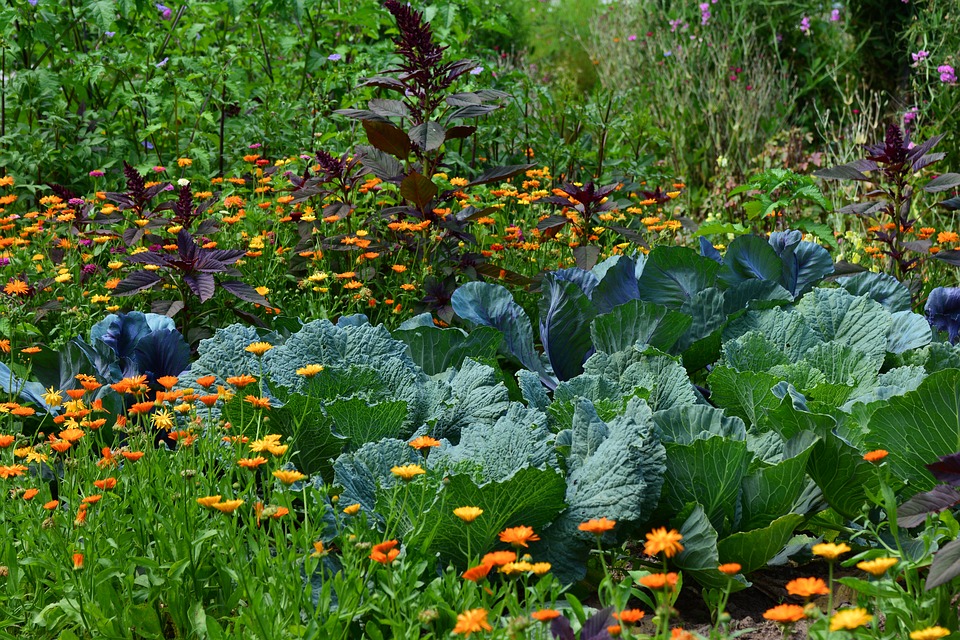
 by Emily Cates
by Emily Cates
Dear readers and garden friends, I’m sure you’re wondering where I’ve been the past few months. Well, I’ve been caring for a family member with a prolonged illness. Truth be told, I haven’t had a chance to write until now. Anyone with their hands full understands it’s not always easy to garden (or write about gardening) when you’re busy!
However, I’ve had plenty of time to think about what to write, and this article is just about that – gardening on the go, when there’s not a lot of time and energy to do so. Let’s take a look at some helpful hints that can get us through the season when we’re unable to be there in the garden as much as we’d like to be. Among a few ideas we’ll explore are mulching, delegating, and preparing for next year.
First of all, always remember that Nature will go on regardless of what we are able to do ourselves. Many noteworthy gardens of times past have been abandoned and rediscovered. Most importantly, it helps to think of ourselves as part of a bigger picture. It’s the bigger picture that can help put things into perspective and not get discouraged.
Even if we don’t get a chance to do anything and the garden goes completely wild, what’s the worst that can happen? Look on the bright side: the land gets to rest. The soil will likely retain a measure of richness. Yes, weeds will grow and form offspring, but can always be removed at a later time. In many cases, the area could simply be mowed over, the soil underneath waiting patiently for future activities.
Countless times this season I’ve found it necessary to take deep breaths and to tell myself, “Begin again.” Remember you are in good company with others throughout all times and realms who could use encouragement. Don’t hesitate to accept assistance if someone offers to help! Oftentimes I’ve found the best memories I’ve had gardening were helping others with their gardens, or when they’ve helped me with mine. The fellowship in such a space outdoors can bring joy to all involved and make each day easier to deal with.
From a practical viewpoint, mulching is one of the best options to keep the soil workable when garden work is on pause. It’s what Nature does on its own, after all. This can be accomplished by living mulches – such as ground-covers and cover crops – or by adding layers of materials such as straw, plain newspaper, untreated cardboard, and the like. Tin roofing, old rugs, and garden fabrics do the job as well (albeit on the unsightly side). Either way, weeds are suppressed and the soil ready to be turned next time it is convenient.
Also, remember that a garden need not be exclusive. If we are unable to work in the garden, then perhaps we could share it with someone else who would also benefit from taking care of it, happy to maintain it and grow some veggies for us and themselves. And if it looks like our garden is a good candidate for becoming a legacy, then what better way than to pass this legacy along to a new generation? What better way to show gratitude to the land that sustains us than to keep it sustained?
Well, thanks for reading. I hope your season is as productive as possible, your harvest happy and abundant. Your feedback is certainly appreciated, so if you have any helpful ideas, hints, and even recipes, feel free to comment on our website or Facebook page – or send us a good old-fashioned letter!


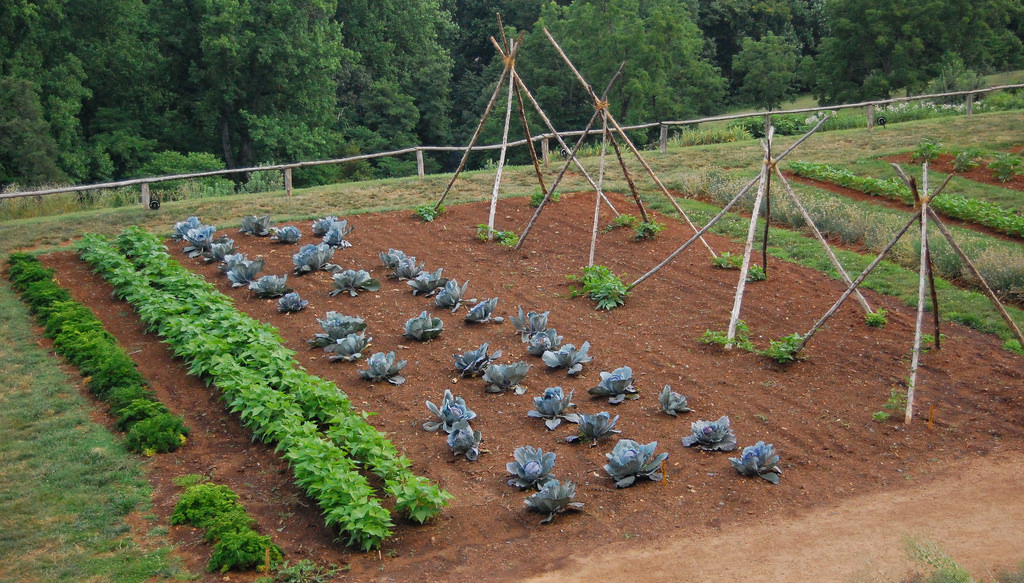 How they can benefit each other
How they can benefit each other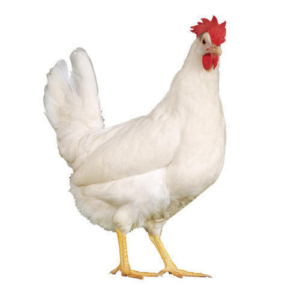
 Next, we’ll look at birds. Poultry manure is strong stuff; when it’s time to shovel out the chicken coop, I try to make sure it’s mixed with bedding as I incorporate it into the soil, waiting a couple of weeks until planting. Alternatively, the careful use of a movable pen or “chicken tractor” moves the birds to a spot where the birds scratch around, eat weeds and seeds, and contribute their “deposits” to nourish the soil. For added nutrition in the birds’ diet, we could move them to a plot where we grew treats for them like greens, pumpkins, grains, and sunflowers.
Next, we’ll look at birds. Poultry manure is strong stuff; when it’s time to shovel out the chicken coop, I try to make sure it’s mixed with bedding as I incorporate it into the soil, waiting a couple of weeks until planting. Alternatively, the careful use of a movable pen or “chicken tractor” moves the birds to a spot where the birds scratch around, eat weeds and seeds, and contribute their “deposits” to nourish the soil. For added nutrition in the birds’ diet, we could move them to a plot where we grew treats for them like greens, pumpkins, grains, and sunflowers.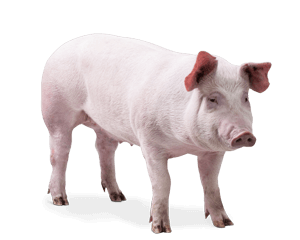
 What about goats? Yes, their manure has been responsible for earning a few blue ribbons. Yes, they are good at mowing the lawn in areas that the lawn mower refuses to go. Yes, they eat all those veggies that didn’t quite make the cut. Yes, yes, yes! But my eyes glaze over when I think of the trouble they’ve made throughout the years whenever they’ve escaped their assigned side of the yard, gone to places they weren’t welcome, crashed my garden parties, gnawing on every fruit tree and seedling in sight. I get it why people want goat milk, meat, and manure — I totally do!
What about goats? Yes, their manure has been responsible for earning a few blue ribbons. Yes, they are good at mowing the lawn in areas that the lawn mower refuses to go. Yes, they eat all those veggies that didn’t quite make the cut. Yes, yes, yes! But my eyes glaze over when I think of the trouble they’ve made throughout the years whenever they’ve escaped their assigned side of the yard, gone to places they weren’t welcome, crashed my garden parties, gnawing on every fruit tree and seedling in sight. I get it why people want goat milk, meat, and manure — I totally do!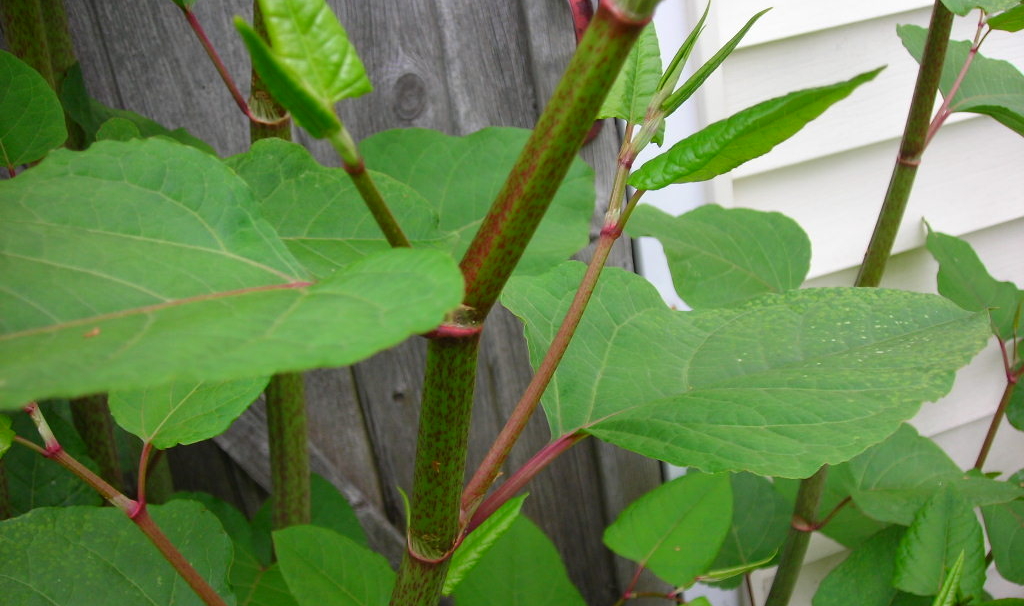
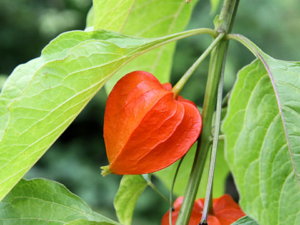
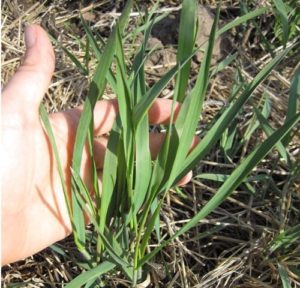
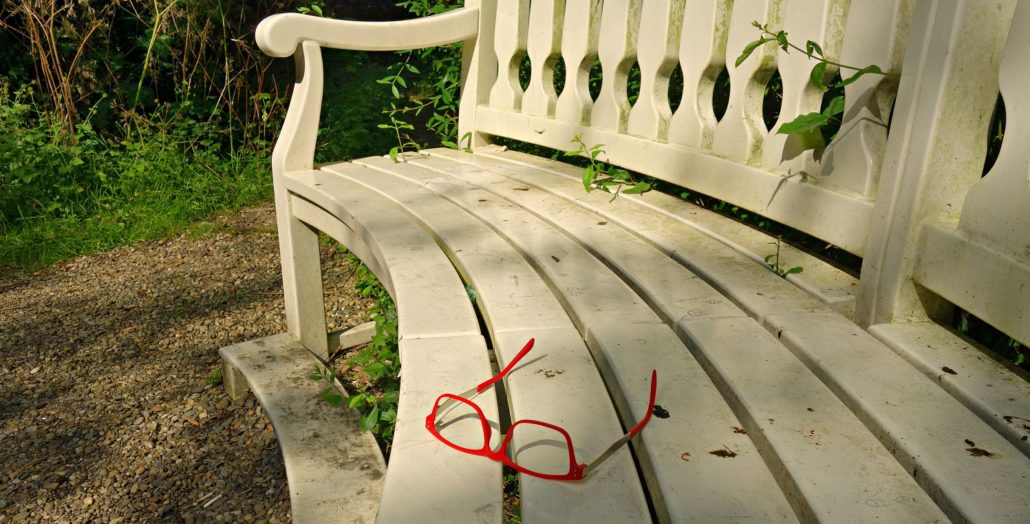
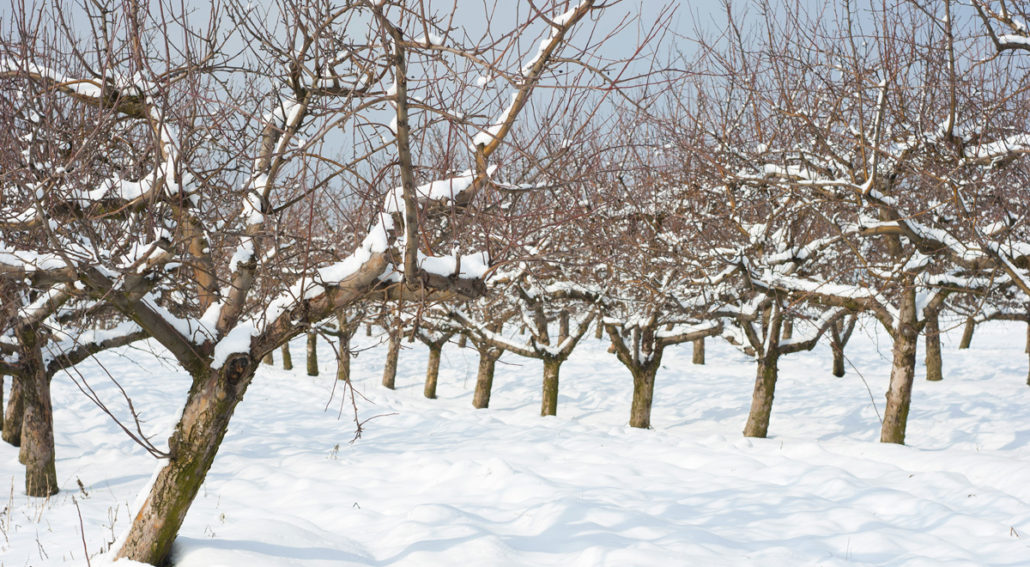
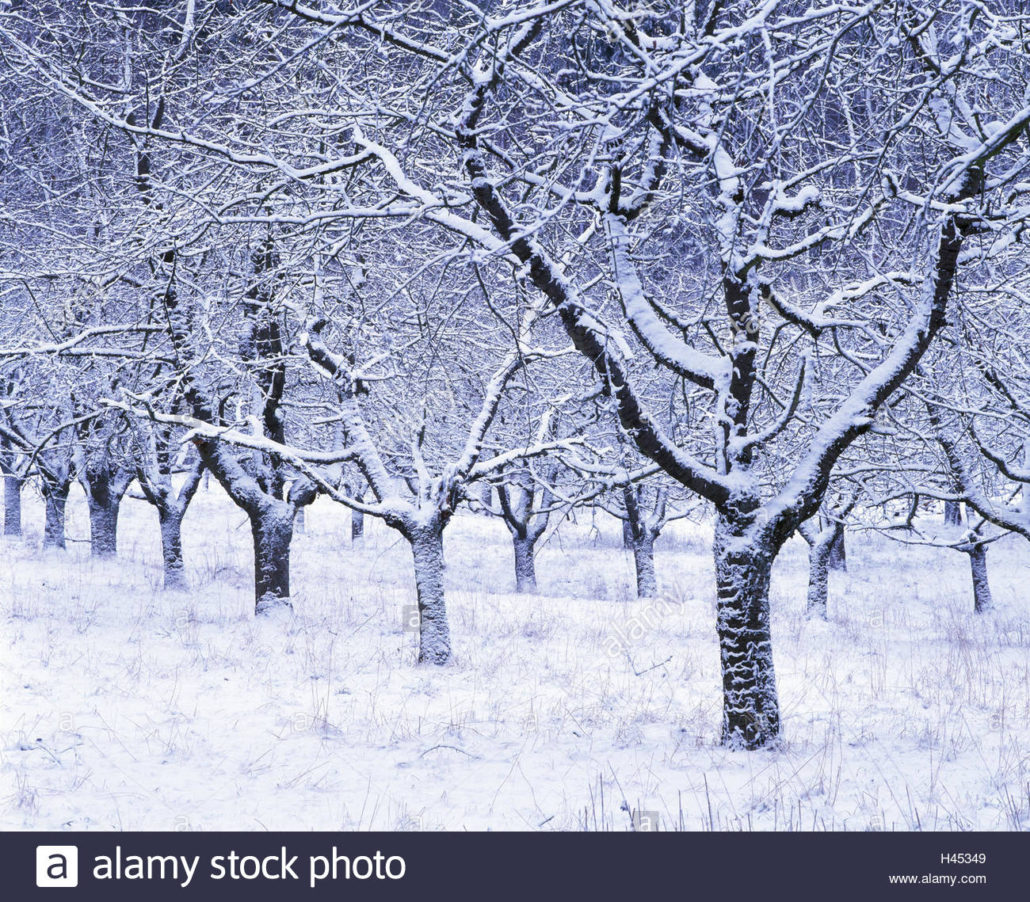
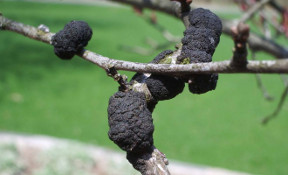
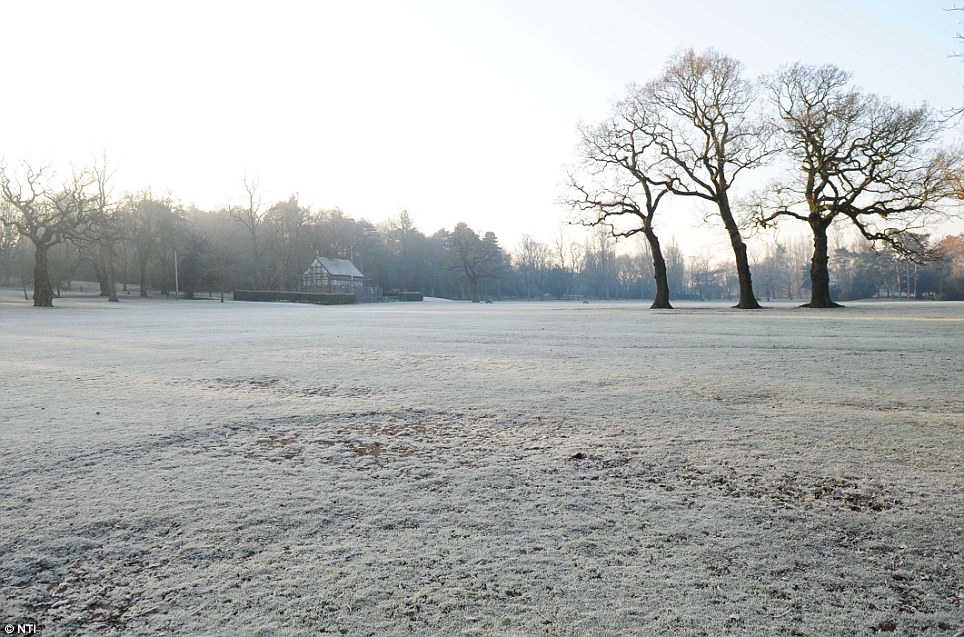
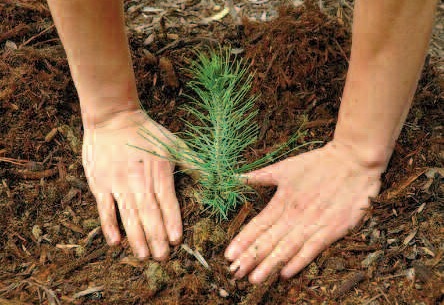
 GARDEN WORKS
GARDEN WORKS